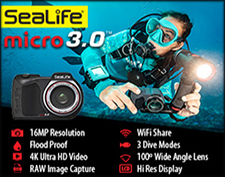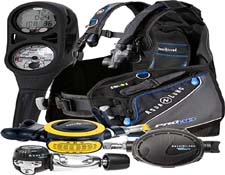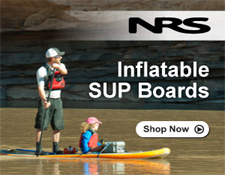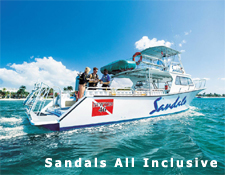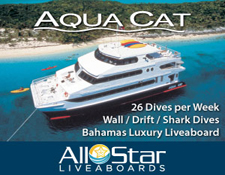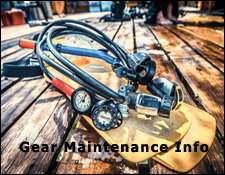Philippines

Situated on the crossroads of Asia, on the eastern rim of the China Sea, the Philippines has hosted voyagers,
migrants and traders since the dawn of history. Early trade with China and Japan can be traced on the
archaeological relics left behind by traders in the banks of major hubs of the country.
The West discovery of the Philippines in 1521 facilitated the growth of Christianity and emergence of new
culture. However, Spanish colonization did not actually began until 1565 when voyager Miguel Lopez de
Legaspi established a Spanish base in the town of Manila, the Philippines' Capital.
In 1898, the Philippines won independence after 327 years under Spanish rule, but found themselves controlled
by the Americans from 1900-1942 and the Japanese from 1942-1945. The Americans brought over their
educational and legal systems and introduced their style of government. With the end of the Japanese
occupation in 1946, the Philippines regained democracy as a Republic. True democracy was fully achieved by
the Filipinos after the "People Power Revolution" in 1986 which led to the downfall of the reigning dictatorship.
Still one of the strongest democracies in Asia, the current president is Joseph Ejercito Estrada.
CLIMATE
The Philippines has a tropical climate with relatively abundant rainfall and gentle winds. There are three
pronounced seasons: the wet or rainy season from June to October; the cool or dry season from November to
February; and the hot or dry season from March to May.
SIZE
Stretching 1,840 kilometers north-to-south off the southeast coast of Asia, the Philippines has a total land area
of 300,000 sq. kms. or 115,600 sq. miles, slightly larger than the United Kingdom of Great Britain and
Northern Ireland.
CAPITAL
Manila
LANGUAGES
The Philippines is the world's third English-speaking country, after the United States and the United Kingdom.
While there are over 100 regional dialects, the national language is Pilipino. English is widely used in commercial
and legal transactions.
RELIGIONS
The dominant religion in the Philippines is Catholicism, though a significant number are Protestants and
Moslems.
UNIT OF MEASURES
The Philippines uses the Metric System in most of trade and legal transactions.
ELECTRICITY
Most residents and business centers in the Philippines are using 220 volts a/c. However, a number of major
hotels also have 110 volt a/c outlets.
ECONOMY
The Philippines is basically light industry and agriculture, the chief products being rice, corn, coconut, pineapple
and sugar. It is also rich in copper, cobalt, nickel, silver, iron and gold deposits. A number of food processing,
textiles, clothing and home appliance industries are available, with a fast growing aquaculture, microcircuits and
furniture sectors.
The significant structural reforms, initiated by the present leadership, which liberalize almost all sectors of the
economy, have pushed the Philippines into the mainstream of economic development in the heart of the
fastest-growing region in the world - the Asia-Pacific. Further enhance by its strategic location as a gateway to
the most economically dynamic part of the world, the Philippines development pathways for the future are
clear...a newly industrializing country (NIC) status by the year 2000.
CURRENCY Click Here For Currency Exchange
The Philippines' monetary unit is the peso, divided into 100 centavos. Foreign currency may be exchanged at
any hotels, most large department stores, banks and authorized money changing shops accredited by the
Central Bank of the Philippines. International credit cards such as Visa, Diners Club, Bank Americard, Master
Charge and American Express are accepted in major establishments.
DINING
anywhere in the Philippines is an experience travelers can never forget because it is one of the greatest
pleasures of the Filipino people. The exotic dishes spread on the Filipino table are a blend of Asian, Spanish
and local culinary dishes. There are also a number of restaurants which specializes in different cuisine suitable to
the distinguishing taste buds of any travelers.
Whether a traveler is looking for places to shop, the Philippines is a shopper's happy hunting ground, not just for
designer goods with familiar names and signature logos that can be found in the fashion capitals of New York,
London and Paris, but more especially for handmade goods, skillfully crafted by local townsfolk and natural
beauties such as the South Sea pearls.
DIVING
in the Philippines, is simply the best in the world. The beauty and variety of the country's coral reefs and
underwater topography are among the best that diving enthusiasts can explore and undercover. Fishing has also
become a popular sport for adventure anglers in the country.
CLOTHING
Lightweight cotton and linen tropical clothing are ideal for city. Light sweaters are recommended for mountain
trips. An umbrella will suffice during the rainy season.
HOW TO GET THERE
Philippine Airlines, the country's flag carrier, links Manila to 26 cities and in 19 countries worldwide. It also
provides regular service to and from 43 local destinations. Major international carriers and cruise liners likewise
serve Manila.
Manila's strategic location makes it a vital point on major international routes. There are 28 international airlines
presently servicing Manila. Daily flights from United States West Coast and the Midwest are serviced by four
airlines. United Airlines, Northwest Airlines, Continental Airlines and Philippine Airlines.
A number of airlines also fly from Europe to Manila such as Air France, Swissair, Lufthansa and from
Asia-Pacific, the following airlines service Manila: Korean Air, Cathay Pacific, Thai Airways, Singapore
Airlines, etc.
HEALTH DOCUMENTS
A certificate of vaccination against yellow fever is required for those coming from infected areas. Children less
than one year old are exempted but may be subject to isolation when necessary. Visitors must check with their
travel agents before departure as regulations may change without notice.
CUSTOMS
To facilitate customs examination, visitors are advised to fill in the Baggage and Currency Declaration Form
before disembarking. Visitors are allowed to bring in the following articles duty free: reasonable quantity of
clothes, jewelry and toiletries, 400 sticks of cigarettes or two tins of tabacco and two bottles of wine or spirits
of not more than one liter each.
Visitors carrying more than US$ 3,000 are to declare the amount at the Central Bank of the Philippines counter
situated at the custom area. Foreign currency taken out upon departure must not exceed the amount brought in.
Departing passengers are not allowed to bring out more than PhP 1,000 in local currency.
|


















